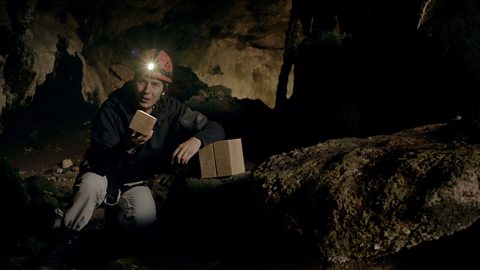Video summary
Water is the molecule that makes our world habitable, and it's vital to all known forms of life.
Professor Brian Cox visits the Yucatan Peninsula in Mexico to see the evidence of a massive asteroid impact which wiped out nearly three quarters of life on Earth.
But despite these being an incredibly destructive force, asteroid collisions may have actually been important in bringing the first water to our planet.
This clip is from the series Wonders of Life.
Teacher Notes
As a follow-up activity, research the boiling point of a large number of substances and plot a graph of relative molecular mass against boiling point to highlight the special properties of water.
Investigate the properties of water including boiling point, melting point, density (at different temperatures), surface tension, specific heat capacity and its properties as a solvent. Relate these to water being a polar molecule that forms hydrogen bonds and explain how each of these properties is important in the maintenance of life.
Put all of the information together into a water fact file and include further information such as hydrophilic and hydrophobic molecules.
This clip will be relevant for teaching Chemistry at KS3 and KS4/GCSE in England, Wales and Northern Ireland and SQA National 3/4/5 in Scotland.
Bacteria and the development of an oxygen rich atmosphere. video
Professor Brian Cox explains how the Earth developed an oxygen rich atmosphere due to organisms called Cyanobacteria.
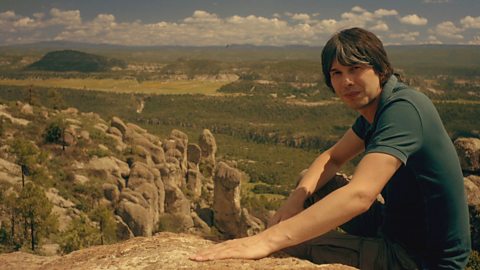
Conservation of energy. video
Professor Brian Cox explains the first law of thermodynamics. He describes how energy is always conserved, never created or destroyed.

How has life on Earth become so varied? video
Professor Brian Cox explores how life on Earth is so varied, despite us all being descended from one organism, known as LUCA. He examines how cosmic rays drive the mutations that create evolution.

Lemurs: Evolution and adaptation. video
Professor Brian Cox visits Madagascar to track down the rare aye-aye lemur, and see how it is perfectly adapted to suit its surroundings.
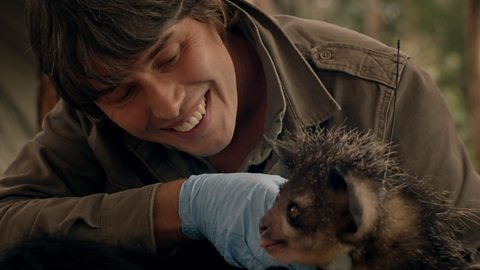
Jellyfish and photosynthesis. video
Professor Brian Cox sees photosynthesis in action, investigating a unique type of jellyfish that have evolved to carry algae within their bodies and feed off the glucose the plants create.
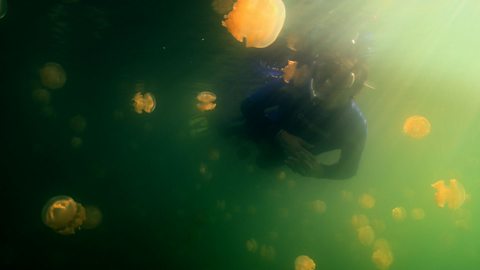
The origins of life on Earth. video
Professor Brian Cox explains that in hydrothermal vents on the ocean floor, energy is released in the presence of organic molecules.
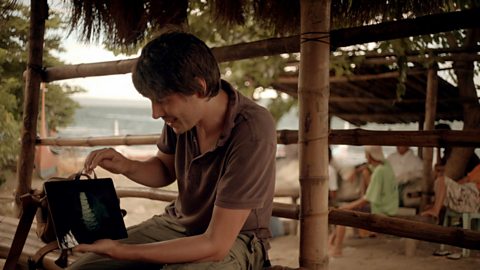
Evolution of hearing. video
Professor Brian Cox explains the evolution of the mammalian ear bones, the malleus, incus and stapes by using a flicker-book to show how the gill arches of jawless fish altered in size and function.

Evolution of sight. video
Professor Brian Cox shows the stages of the evolution of the eye, from a primitive light sensitive spot, to a complex mammalian eye.
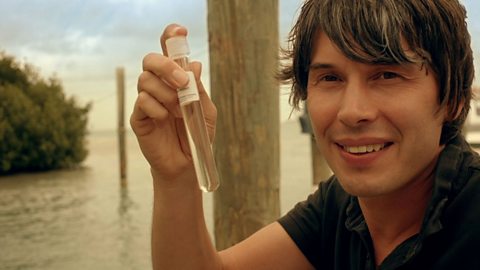
Evolution of the senses. video
Professor Brian Cox compares the way that protists sense and react to their environment with the action potentials found in the nerves of more complex life.
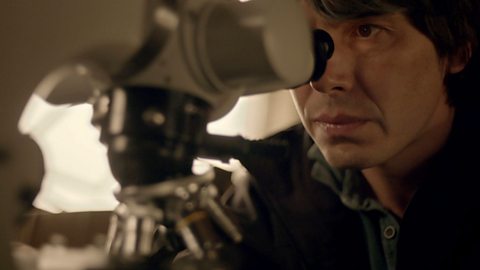
Gravity, size and mass. video
An explanation of how forces including gravity affect organisms. Professor Brian Cox explains that as size doubles, mass increases by a factor of eight.
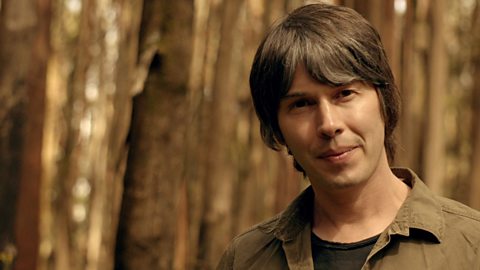
Size and heat. video
Professor Brian Cox explores the relationship between an organism's body size and its metabolic rate.
